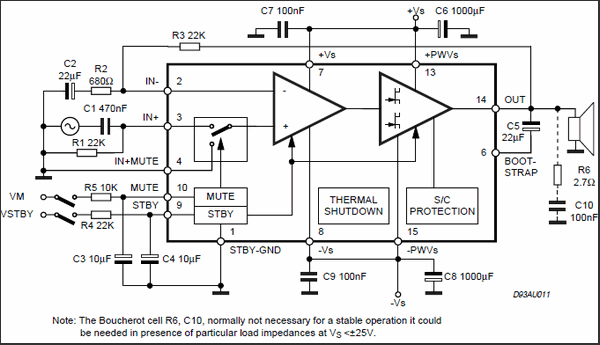A couple of years ago, with much help from this community, thank you, I built a stereo amplifier based on a TDA7294. It's constructed of individual components on a solderable perf board. I'm now looking to build the amp again, with some additional enhancements (a bluetooth receiver, for example), and I intend to use a PCB this time.
Previously, I was having real trouble with a persistent humm. The only way I was able to solve it was to route every single ground connection back to a central point over individual wires.
I'm considering two methods of handling this on the PCB: A) Mimic my earlier solution and route each ground connection over its own trace to a central hub, or B) use a multi-layer board with an internal layer that is nothing but a single ground plane.
Thoughts or other alternatives?
Thanks.
Previously, I was having real trouble with a persistent humm. The only way I was able to solve it was to route every single ground connection back to a central point over individual wires.
I'm considering two methods of handling this on the PCB: A) Mimic my earlier solution and route each ground connection over its own trace to a central hub, or B) use a multi-layer board with an internal layer that is nothing but a single ground plane.
Thoughts or other alternatives?
Thanks.



